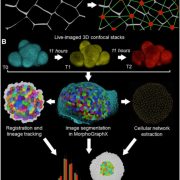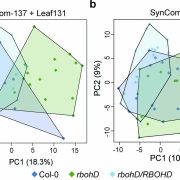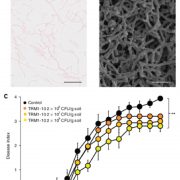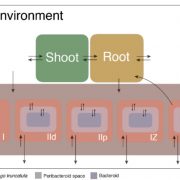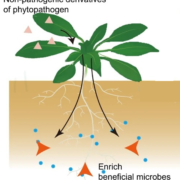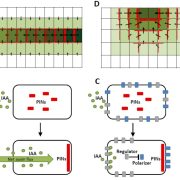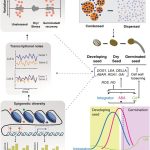Review: Resolving metabolic interaction mechanisms in plant microbiomes
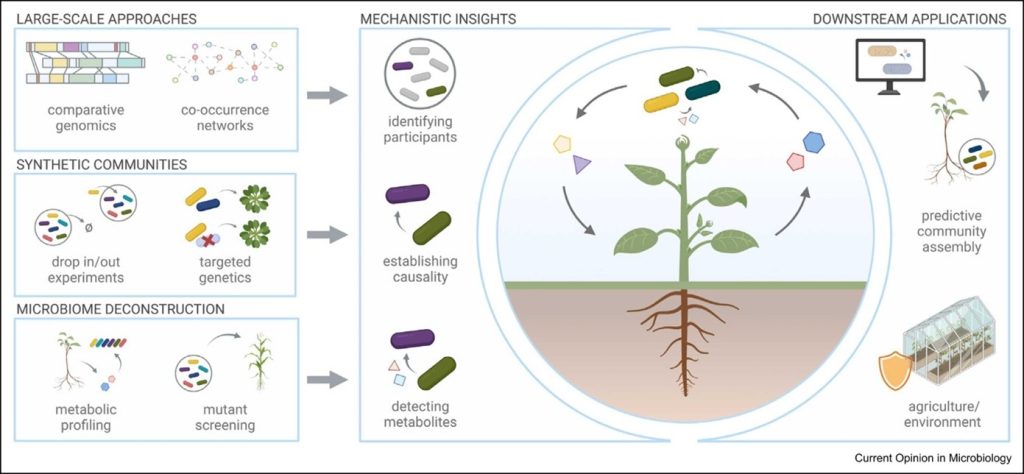 Life is spurred forward by the power of metabolic interactions. Within the plant microbiome, microbial communities use diverse mechanisms to thrive, survive, and multiply. In this review, Pacheco & Vorholt describe the interplay of metabolic interactions within plant microbiomes and review current approaches. Plants host a wide range of microbes with various metabolic strategies, such as polysaccharide degraders on leaves and pathogens that feed on root exudates. These interactions can significantly impact plant growth, ecosystem productivity, and nutrient use. Despite the challenges posed by the complexity of plant microbiomes, methods have been developed to discover how specific microbe interactions affect the microbiome. The creation of co-occurrence networks via high throughout sequencing melded with microbial lifestyle characteristics can provide insight into interplay of microbial interactions and metabolic reactions. As examples, some bacteria co-occur with others due to cross-feeding, and plant root exudates change upon interaction with some bacteria. In addition, the authors examine how synthetic communities can reveal how the presence or behavior of one species affects the growth, survival, or reproduction of another species. Furthermore, predictive computational community modeling can be employed to understand community dynamics and integrate the previously described approaches to positively impact crop protection. (Summary by Eric Hobson @ehobs) Curr Opin Microbiol 10.1016/j.mib.2023.102317
Life is spurred forward by the power of metabolic interactions. Within the plant microbiome, microbial communities use diverse mechanisms to thrive, survive, and multiply. In this review, Pacheco & Vorholt describe the interplay of metabolic interactions within plant microbiomes and review current approaches. Plants host a wide range of microbes with various metabolic strategies, such as polysaccharide degraders on leaves and pathogens that feed on root exudates. These interactions can significantly impact plant growth, ecosystem productivity, and nutrient use. Despite the challenges posed by the complexity of plant microbiomes, methods have been developed to discover how specific microbe interactions affect the microbiome. The creation of co-occurrence networks via high throughout sequencing melded with microbial lifestyle characteristics can provide insight into interplay of microbial interactions and metabolic reactions. As examples, some bacteria co-occur with others due to cross-feeding, and plant root exudates change upon interaction with some bacteria. In addition, the authors examine how synthetic communities can reveal how the presence or behavior of one species affects the growth, survival, or reproduction of another species. Furthermore, predictive computational community modeling can be employed to understand community dynamics and integrate the previously described approaches to positively impact crop protection. (Summary by Eric Hobson @ehobs) Curr Opin Microbiol 10.1016/j.mib.2023.102317


